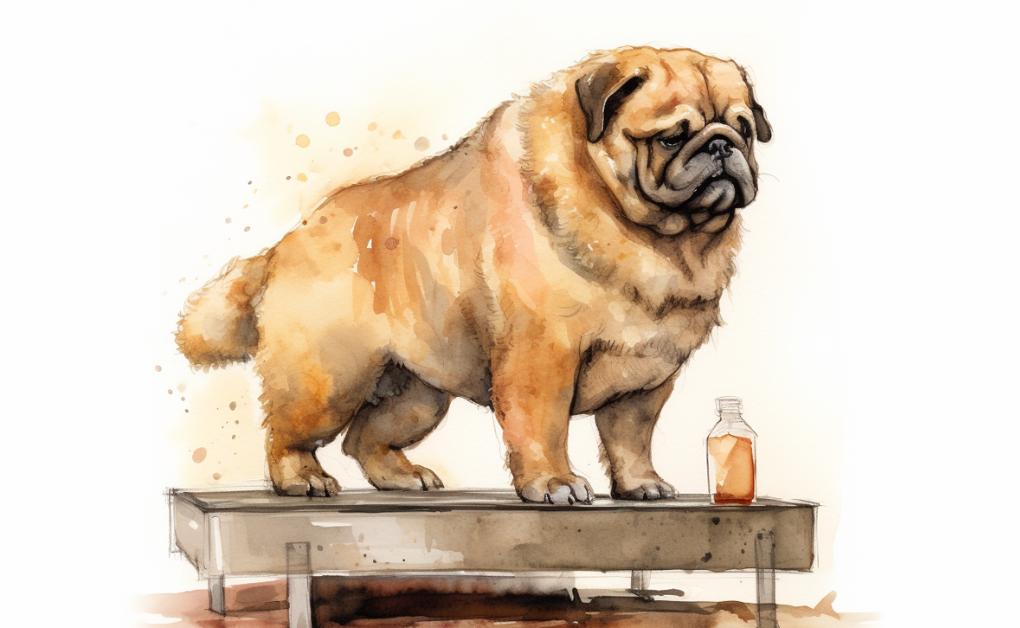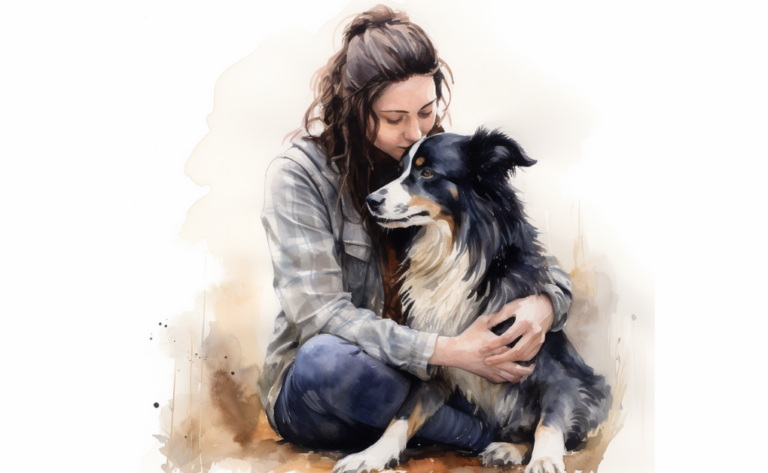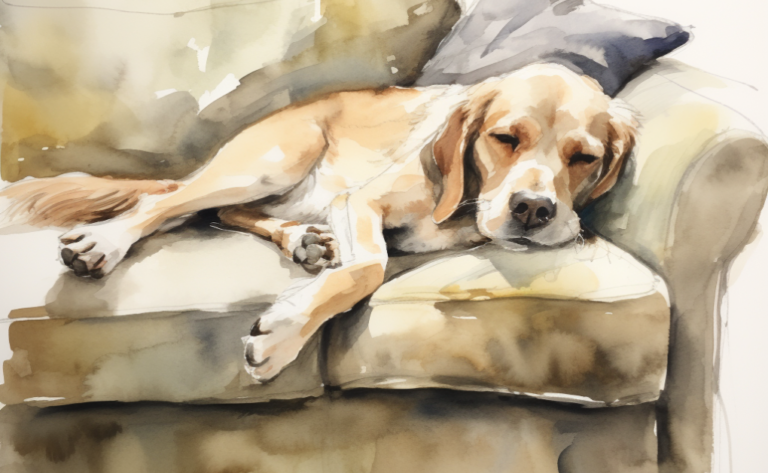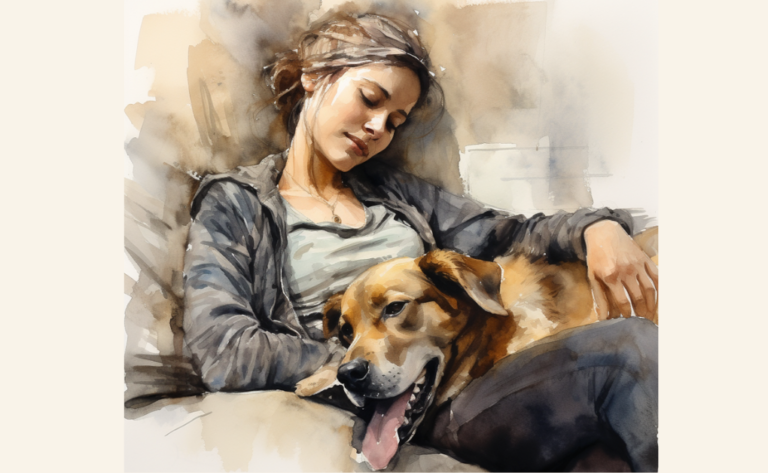Diving into Canine Obesity: Causes, Risks, and Management
What is it?
How is it Treated?
Breed Predispositions
Labrador Retriever Dachshund Beagle Basset Hound Bulldog Golden Retriever Cocker Spaniel Rottweiler Boxer Pug
Obesity in dogs is a serious condition characterized by a substantial surplus of body weight or an extreme amount of body fat. This situation arises when a dog’s calorie intake persistently surpasses its energy usage, leading to weight accumulation. Obesity doesn’t discriminate; it can afflict Yorkshire Terriers or any other breed, dogs of all sizes, and young or old dogs. It is signified by the build-up of fat deposits throughout the body, giving dogs an overweight or obese appearance.
The impact of obesity on a dog’s overall health and well-being can be severely detrimental. It can induce many health complications, such as joint disorders like osteoarthritis, compromised mobility, respiratory troubles, and amplified risk of particular diseases. Moreover, obesity can curtail a dog’s life span. Obese dogs may also witness dwindling energy levels, diminished capacity to exercise, and an overall reduction in life quality. This stark contrast to the vitality of lean dogs highlights the importance of addressing and managing canine obesity. Preventing these adverse effects is essential to foster their overall health and prolong their lifespan.
The Consequences of Obesity in Dogs
Obesity in dogs is linked to various health problems and can significantly decrease a dog’s quality of life and life expectancy. Risks associated with obesity include:
- Diabetes: Obese dogs are more likely to develop insulin resistance leading to diabetes.
- Heart Disease: Extra weight strains the heart, leading to heart disease and increased blood pressure.
- Arthritis and Joint Problems: Excess weight can put undue stress on a dog’s joints, potentially leading to arthritis and other mobility problems.

- Breathing Difficulties: Obese dogs may develop breathing issues and be more prone to heat intolerance.
- Liver Disease: Fat accumulation can lead to liver dysfunction, known as hepatic lipidosis.
- Decreased Immune Function: Obesity can affect a dog’s immune system, making them more susceptible to infections.
- Increased Surgical and Anesthetic Risk: Obese dogs are at higher risk during anesthesia and are more likely to have complications during surgery.
- Skin Problems: Folds and creases in the skin of overweight dogs can create an environment for bacterial growth, leading to infections and dermatitis.
- Reduced Lifespan: Studies have shown that obese dogs have a shorter lifespan than their lean counterparts.
- Decreased Quality of Life: Obesity can limit a dog’s physical activity and enjoyment of life. It can also contribute to the development of behavioral problems.
Pet owners must maintain regular veterinary check-ups and follow appropriate dietary and exercise regimens to help prevent obesity in their pets.
Causes of Obesity in Dogs
Obesity in dogs often results from a mix of excessive consumption and inadequate physical activity. However, a worrying trend reveals that 25-30 percent of the overall canine population is considered obese, rising to 40-45 percent in dogs aged five to 11. These alarming rates can stem from a pet owner’s overindulgence, lack of portion control, or offering their dog high-calorie treats or human food. Weight gain ensues when a dog ingests more calories than it burns for energy. Certain dog breeds also have a higher predisposition to weight gain, indicating that genetics may play a part.
Alongside overeating, insufficient exercise is a key culprit contributing to obesity within the canine population. Many dogs don’t receive the requisite amount of physical activity needed to offset the calories they consume. This holds particularly true for dogs residing in urban environments, where opportunities for running and playing might be restricted. Age also comes into play as older dogs are generally less active and more susceptible to weight gain. Other factors contributing to canine obesity include underlying health conditions such as hypothyroidism and Cushing’s disease, which can lead to weight gain.
For pet owners concerned about their dog’s weight, obtaining a body condition score using a specific scoring system can be beneficial. This tool helps owners evaluate if their dogs may be considered obese, and it’s a critical step in managing their pet’s weight and overall health. Through understanding the causes and effects of obesity, pet owners may make informed decisions on their dogs’ diet and exercise regimes, helping their pets maintain a healthy weight. In addition, neutering your pet may also influence weight, and adjusting their diet accordingly post-surgery is important.
How Do You Know If Your Dog is Obese?
Determining if your dog is obese involves a combination of visual evaluations and physical examinations. Here are some guidelines to help discern if your dog might be dealing with obesity, an increasingly prevalent issue in pets:
- Visual Evaluation: Begin by observing your dog from an overhead perspective. Dogs within a healthy weight range should present an hourglass silhouette, denoting that their abdomen is slimmer than their chest and hips. Conversely, an obese dog may exhibit a broad and flat back, similar to a tabletop, indicating a potential overweight status.
- Feeling for Ribs: Gently place your hands on the flanks of your dog’s torso. If your dog’s ribs are challenging to detect under its coat, your pet might be carrying excess fat, which can cause serious health problems.
- Inspect for Abdominal Tuck: From a side viewpoint, your dog should exhibit a discernible abdominal tuck or an upward slope of the belly; an obese dog may have a minimal or non-existent abdominal tuck.
- Backbone and Hip Bones: While these bones should not be visually prominent, you should be able to palpate these bones beneath your dog’s fur. If you cannot detect them through touch, it’s a warning sign that your dog might be obese.
- Consult a Veterinarian: If you find it challenging to make a definitive judgment regarding your dog’s weight, it’s advisable to consult a veterinarian. They can precisely assess the health effects of your dog’s current weight and guide a suitable diet and exercise plan to effectively manage your dog’s weight and overall health. Through these steps, you can actively prevent and mitigate the adverse health effects of obesity in your dog.
Diagnosis of Dog Obesity
Establishing a diagnosis of obesity in dogs necessitates a comprehensive approach, as mere weight measurement can be misleading due to differences in body composition among breeds. Veterinarians typically employ the following methods for a detailed assessment.
- Assessing Body Weight – This is the most straightforward initial step in diagnosing obesity. The vet measures and juxtaposes the dog’s weight with the optimal weight range specified for the particular breed and age. However, a dog’s weight alone is not enough to determine if obesity is a serious concern.
- Employing Body Condition Score (BCS) – The BCS is a hands-on and visual assessment of a dog’s body fat and muscle mass distribution. The scoring system ranges from 1 to 9, with one indicating emaciation, 4-5 considered ideal, and nine indicating obesity. Additionally, the vet will scrutinize your dog’s overall silhouette, rib coverage, waist, and the presence of an abdominal tuck.
- Executing Body Fat Index Measurement – This is a highly accurate method, typically necessitating advanced tools such as a DEXA (Dual Energy X-ray Absorptiometry) scan to quantify body fat percentage correctly.
- Conducting a Health Assessment – This involves an appraisal of the dog’s overall health, focusing on aspects like mobility, respiratory functions, and any pre-existing health conditions that may be affected by weight.
- Reviewing History – The vet will examine the dog’s dietary habits, including the type of food, feeding quantity, meal frequency, and the dog’s level of physical activity.
Post these comprehensive evaluations, if a dog is determined to exceed its ideal body weight and registers a high Body Condition Score, it might be diagnosed as overweight or obese. This process is how obesity is diagnosed by measuring various aspects, underlining that obesity is a serious condition that can impact overweight pets severely.
Treatment of Obesity in Dogs
Treatment strategies for overweight dogs are typically individualized, factoring in age, breed, weight, health status, activity levels, surroundings, nutrition, and lifestyle. The most widely recommended treatments incorporate the following:
Nutritional Modification
Adjustments to a dog’s diet form a pivotal part of the strategy for weight reduction. Pet nutrition experts or veterinary internal medicine specialists often advise a diet lower in calories but abundant in fiber and protein, keeping fat content minimal. This dietary balance assists the dog in feeling full, even while consuming fewer calories. Controlled portion sizes and limited treat offerings are commonly recommended. Additionally, a slow transition from the usual dog food to one specifically designed for weight loss may be suggested.
Physical Activity
Exercise is a key component in a weight loss program as it promotes higher energy expenditure and consequently aids in weight reduction. Vets often design a customized activity schedule tailored to the dog’s physical state and capabilities. For example, it may begin with brief, mild walks, slowly increasing in distance and intensity over time. Incorporating playtime is also an effective and enjoyable way to get dogs moving more. Maintaining a healthy body weight for your dog is important.
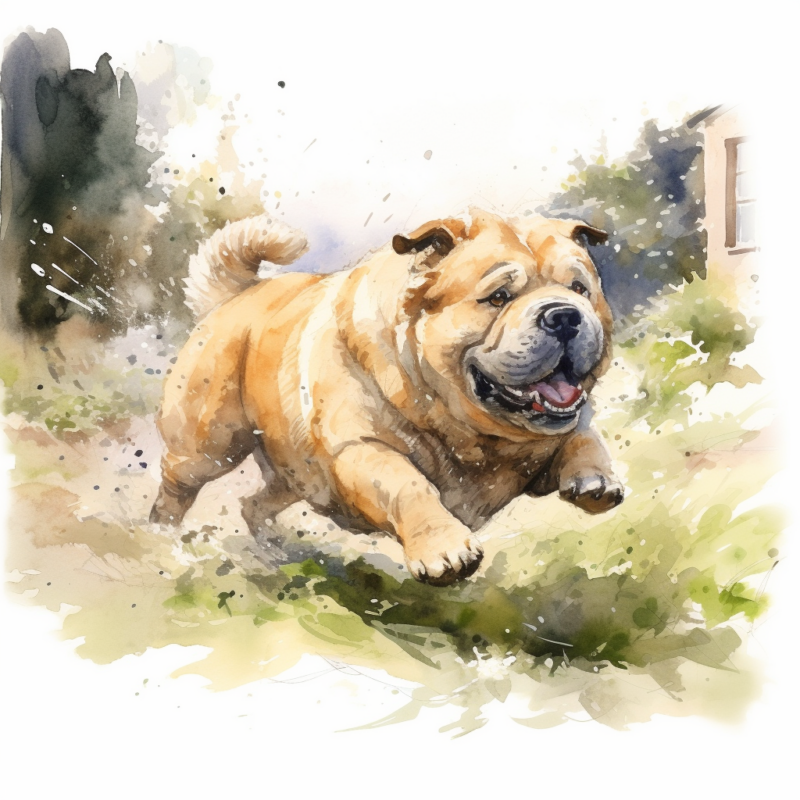
Behavioral Modifications
To combat obesity, vets may advise behavioral adjustments. These could include separate feeding schedules for pets to prevent food snatching, removing food after a designated time to discourage constant grazing, and using puzzle toys to slow down the pace of eating. In addition, behavioral adaptations can help substitute unhealthy food-related behaviors with more beneficial activities.
Consistent Monitoring and Modifications
Consistent weight checks and body condition scoring are integral to an obesity management plan. This process enables vets to monitor the dog’s progress and modify the diet or activity schedule. Depending on the progression of weight loss, vets may either increase or decrease calorie consumption or adjust the intensity or duration of exercise to ensure optimal weight loss.
Addressing Underlying Health Concerns
If the dog’s obesity stems from an underlying health issue like hypothyroidism or Cushing’s disease, managing this condition becomes a critical aspect of the treatment plan. Treatments may involve medication, surgery, or alternative interventions depending on the specific ailment. Addressing these underlying problems can tackle one of the primary causes of the dog’s weight issue, rendering other elements of the treatment plan more effective.
Remember, each dog’s needs are unique, and strategies that work for one might not be successful for another. Therefore, it’s essential to approach weight loss gradually and consistently, maintaining healthy body weight as a long-term goal. Involving a vet ensures that the weight loss program is safe and achieves successful weight loss.
How Can I Adjust My Dog’s Meals to Help Him Lose Some Weight?
Preventing obesity in your dog necessitates calculated alterations to their feeding routine. As a dog owner committed to pet obesity prevention, you should initially consult your vet to determine your dog’s applicable daily calorie requirement, considering attributes such as breed, age, and current weight. Next, transition to dog food that is low in calories but abundant in high-quality nutrients. Dog food high in protein and fiber can help your dog feel full and satisfied. Furthermore, establish a routine where your dog receives meals with measured portions at set times rather than unrestricted access to food, which can better manage their calorie consumption.
Treats, while enjoyable for your pet, can be a significant contributor to obesity, so their intake should be moderated and low-calorie options considered. Treats should constitute at most 10% of your dog’s daily calorie intake. Fruits and vegetables can act as healthier snack alternatives, but avoid potentially toxic ones like onions, grapes, and raisins. Keeping your dog well-hydrated is also vital, as water not only aids in digestion but can also assist in controlling hunger.
If your dog eats too quickly, consider using a slow feeder bowl to regulate their eating speed. Always remember that any major dietary changes should be deliberated with your vet for tailored advice and continuous monitoring in the name of obesity prevention.
Frequently Asked Questions
Disclaimer: The information provided on this veterinary website is intended for general educational purposes only and should not be considered as a substitute for professional veterinary advice, diagnosis, or treatment. Always consult a licensed veterinarian for any concerns or questions regarding the health and well-being of your pet. This website does not claim to cover every possible situation or provide exhaustive knowledge on the subjects presented. The owners and contributors of this website are not responsible for any harm or loss that may result from the use or misuse of the information provided herein.

